| Through a grant from the Trust for Mutual Understanding with Diapason Gallery and Theremin Institute, I did a residency in Moscow at the Theremin Institute (located in the Moscow Conservatory) for two weeks in December of 2004. I also spent a few days in St. Petersberg to give a lecture on electronic music at Pro Arte Institute. |
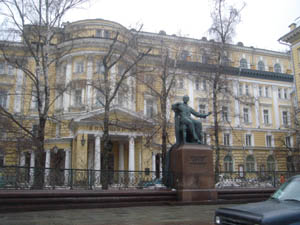 | 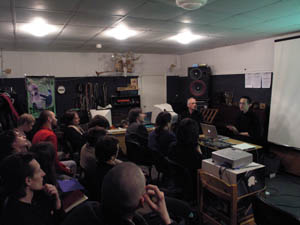 | 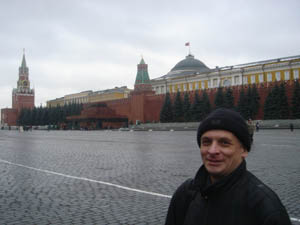 |
| Moscow Conservatory—where I spent most of the two weeks in Russia. | Lecture at the Theremin Institute. | Andrei Smirnov, director of the Theremin Institute. |
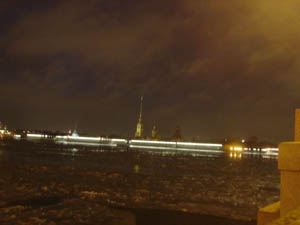 | 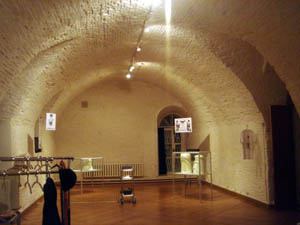 | 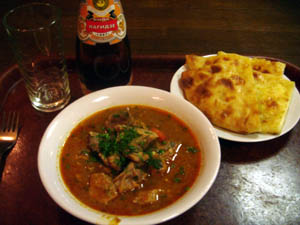 |
| A view of Peter and Paul Fortress in St Petersberg, where I lectured at the Pro Arte Institute. | Pro Arte. | I ate Georgian food during most of my stay: stewed lamb, Khachapuri (cheese filled bread), pear soda and cigarettes. |
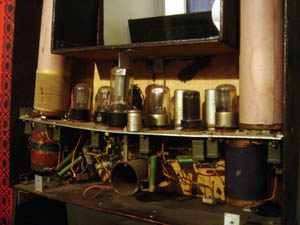 | 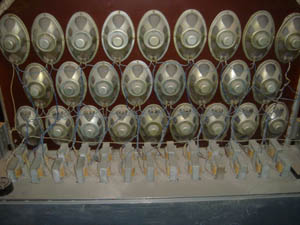 | 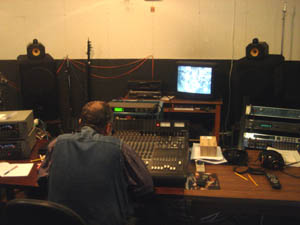 |
| One of Theremin's Theremins built in Russia. Good parts and machining were hard to come by during his Moscow years. | Theremin's later version of the Harmonium. Each key plays a tunable (micro)tone which is reproduced with its own amplifier and speaker. | The recording booth for the famous Tchaikovsky Hall is right across the hall from the Theremin Center. It is very well equiped and I got to sit in on many recording sessions and talk shop with the engineers. This is probably where Bob Fine set up his Altecs and Ampex during the first Mercury recordings in Russia! |
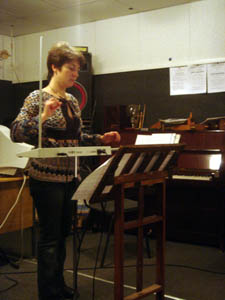 | 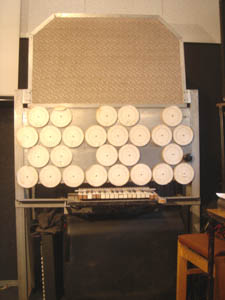 |
| Lydia Kavina, Theremin virtuoso. I had the pleasure of sitting in on one of Lydia's classes and spoke to her about contemporary works for the Theremin. | Theremin Harmonium . |
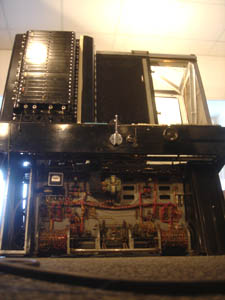 | 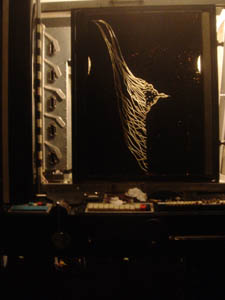 | 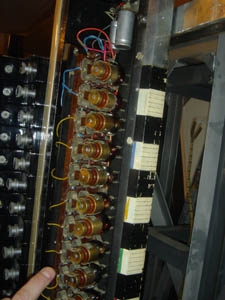 | 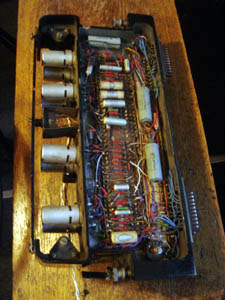 |
| The ANS Synthesizer. Designed by Murzin in the late 50's, its name derived from Skriabin's initials. This one-of-a-kind machine uses five optical discs to derive 720 tones, picked up by photo cells, resynthesized and filtered. | A score on the ANS. The operator etches onto the glass with a tar-like non-drying material, which gates the optical oscillators. The glass is then cranked (by hand or by motor) acorss the light beams. To the left are the optical lenses with their shutters. The keys in front control the filter bank. | Bank of photo cells to resynthesize tones from the optical discs. | Filter module. Hybrid circuit of early transistors and vacuum tubes. |
 | 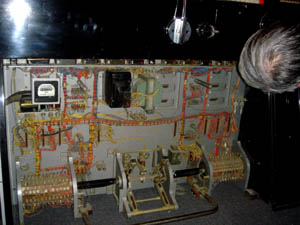 | 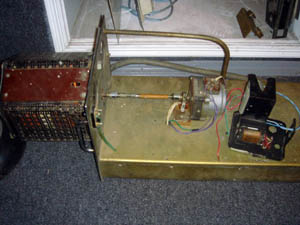 |
| Stanislav Kreichi, master of the ANS, making final adjustments and showing me the mechanics of the synth. This was the first time the synth was powered up since its move from the University down the street (across from Red Square). | The underbelly. The substantial power supply lays in the back. | The power supply for the ANS is ramped up when started by a dedicated motorized Variac! |
| Theremin's Rhythmicon. This is the only remaining working model. Designed at the request of Henry Cowell when Theremin was in the US, it is a machine which produces 15 partials, whose rhythm in relation to the fundamental is the same as the pitch ratio. | The device also uses optics: each key triggers a light source which is gated by two rotating discs. The discs are punched in concentric patterns in integer ratios—one (high speed) generates the tones, the other (low speed) gates the rhythm. | The light sources are beamed through prisms and redirected to a single photocell by a bank of small mirrors. | The very much hand tweaked mirror assembly. |
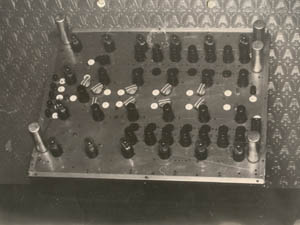 |  | 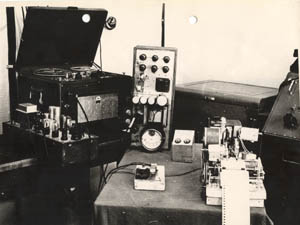 |
| Following are some photos of Theremin's inventions during his period at the Moscow Conservatory (in the same room that the current Theremin Center occupies). Unfortunately, most of these devices were destroyed when he was ousted from the conservatory. | Harmonium (microtonal). | System for tracking a pianist's pedaling, of much interest naturally to his conservatory employers. |
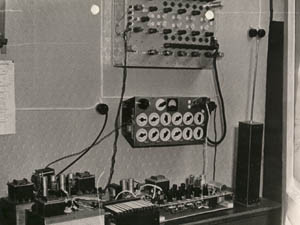 | 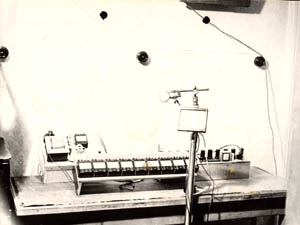 | 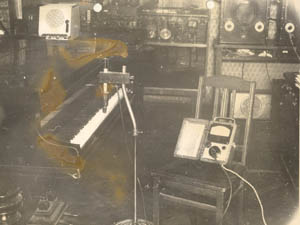 |